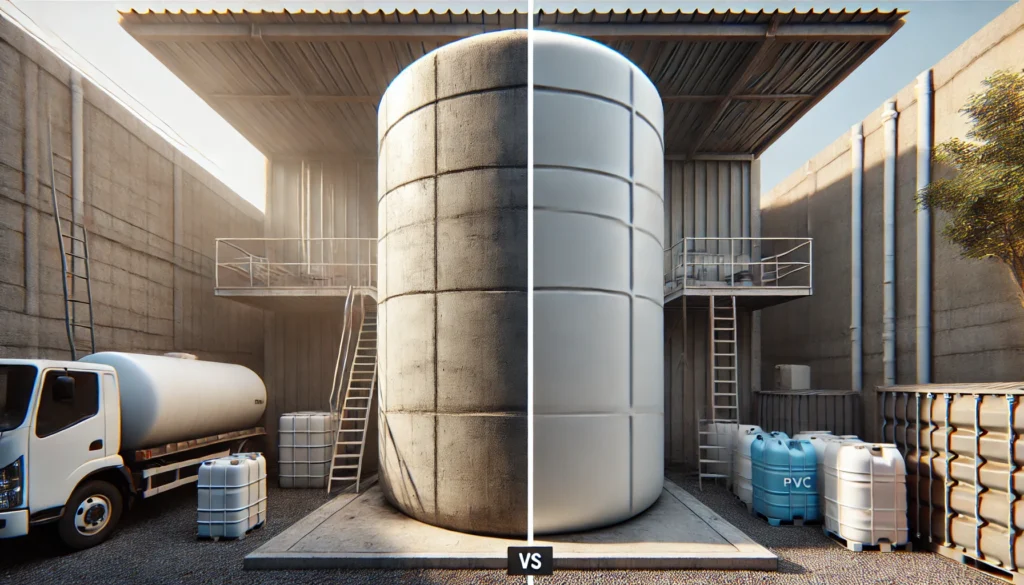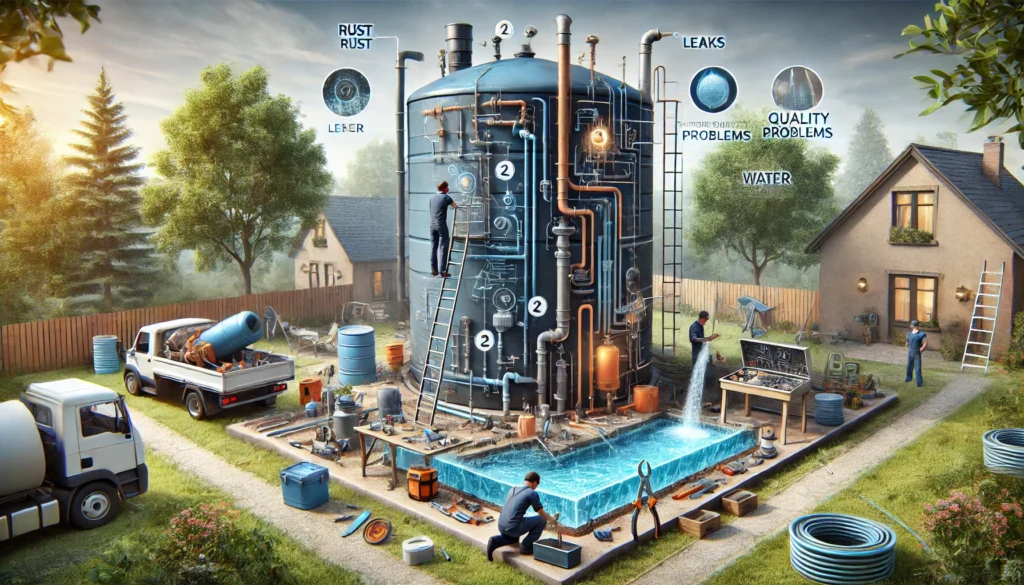What Are the Difference Between a Precast Water Tank and Permanant Water Storage Tank
Here are the key differences between precast water tanks and permanent (in-situ) water storage tanks: 1. Construction Process 2. Time of Installation 3. Cost 4. Durability 5. Customization 6. Transportability 7. Maintenance 8. Usage Both types have their advantages depending on the specific needs of the project, such as time, cost, and durability requirements.
What Are the Difference Between a Precast Water Tank and Permanant Water Storage Tank Read More »











